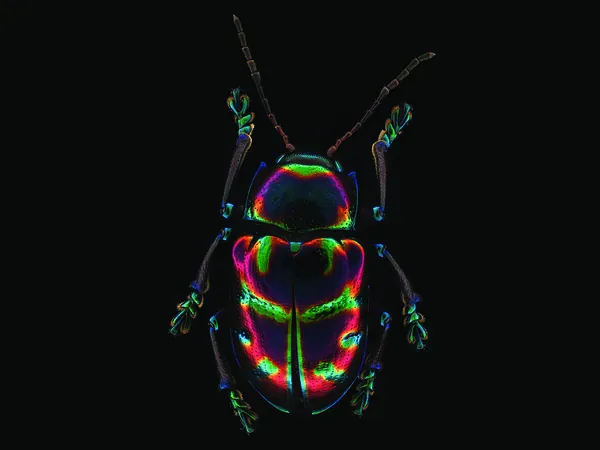
The Secret to Leaf Beetles' Evolutionary Dominance: Gene Transfer and Symbiotic Relationships Unveiled!
2025-01-17
Author: Mei
With over 50,000 recognized species, leaf beetles constitute one of the most diverse and successful families of herbivorous insects, representing approximately 25% of all herbivore species known to science. These resilient creatures can be found in a variety of environments, from the fertile rhizosphere of plants to the lush canopy of forests and even in aquatic habitats.
Despite their ecological prowess, many leaf beetle species, including the infamous Colorado potato beetle, are regarded as significant agricultural pests. Their widespread distribution and impressive species richness are particularly noteworthy, especially considering the challenges posed by their primary food source: leaves, which are notoriously difficult to digest and often provide inadequate nutrition.
Researchers at the Max Planck Institute for Chemical Ecology and the Max Planck Institute for Biology in Tübingen, Germany, are delving into the intriguing evolutionary strategies that leaf beetles employ to surmount these nutritional hurdles. A critical question arises: Do different leaf beetle species utilize similar strategies, or have they developed unique approaches to meet their dietary needs?
Understanding the Role of Foreign Genetic Material
A fascinating aspect of leaf beetle evolution is that nearly all species have absorbed foreign genetic material into their genomes. This genetic integration enables the production of essential enzymes required for breaking down tough plant cell wall components. Among these enzymes are pectinases, which allow beetles to metabolize pectin—a compound that is indigestible for humans but digestible by certain bacteria.
About half of all leaf beetle species inhabit a symbiotic relationship with specific bacteria, which furnish them with critical digestive enzymes and essential nutrients like vitamins and amino acids. Prior research has shown that these beetles utilize both their own genomic pectinases and those produced by their symbiotic partners.
Roy Kirsch, the first author of the study published in *Current Biology*, emphasizes the need to understand which beetle species rely on symbiotic bacteria for digestion and which do not. This research aimed to reconstruct the evolutionary trajectories that have shaped the current diversity and distribution of beetle species through comparative genomic analyses.
By analyzing the genomes and transcriptomes of 74 leaf beetle species globally, the research team was able to glean insights into the evolution of digestive enzyme distribution among these beetles.
The Impact of Horizontal Gene Transfer and Symbiosis
The results reveal that horizontal gene transfer—where beetles absorb genes from bacteria—plays a significant role in their evolutionary history. This discovery underscores how both symbiotic relationships and horizontal gene transfer have been pivotal in shaping the evolution of leaf beetles.
An interesting pattern emerged: the study found that beetles either possess their own pectinases—as a result of horizontal gene transfer—or depend entirely on pectinases supplied by their bacterial partners. Intriguingly, no species exhibited both forms of pectinase simultaneously, raising fascinating questions regarding the evolutionary implications of this dichotomy.
Hassan Salem, who leads the Mutualisms Research Group at the Max Planck Institute, highlights this binary distribution as a remarkable finding, prompting new inquiries into how these evolutionary mechanisms influence how leaf beetles process leaves and the trade-offs that accompany the outsourcing of crucial metabolic functions.
The Dynamic Evolution of Pectinases
The study posits that the evolution of pectinases in leaf beetles is characterized by a dynamic interplay of horizontal gene transfer and the acquisition of symbionts. As symbiotic relationships are formed, a beetle's previously acquired pectinase gene from horizontal transfer may be supplanted by a more efficient symbiont-produced enzyme.
Martin Kaltenpoth, head of the Department of Insect Symbiosis, elaborates on this process: the advantages of symbiotic relationships may go beyond mere enzyme efficiency, providing beetles with a suite of additional benefits, such as new digestive enzymes and vital nutrients.
As these symbiotic interactions evolve, there lies the potential for the symbiont's pectinase gene to be integrated into the beetle's genome, leading to the symbiont's loss over time. However, the nuances of this cycle are yet to be fully understood, inviting further exploration into the intricate relationships between leaf beetles and their microbial companions.
Conclusion
The evolutionary journey of leaf beetles, marked by gene transfer and symbiotic endeavors, showcases their remarkable ability to adapt and thrive in a challenging environment. As researchers continue to unravel the complexities of their evolutionary history, the implications for biodiversity, pest management, and ecological balance become even more profound. Keep an eye out for more groundbreaking discoveries in the world of these fascinating insects!

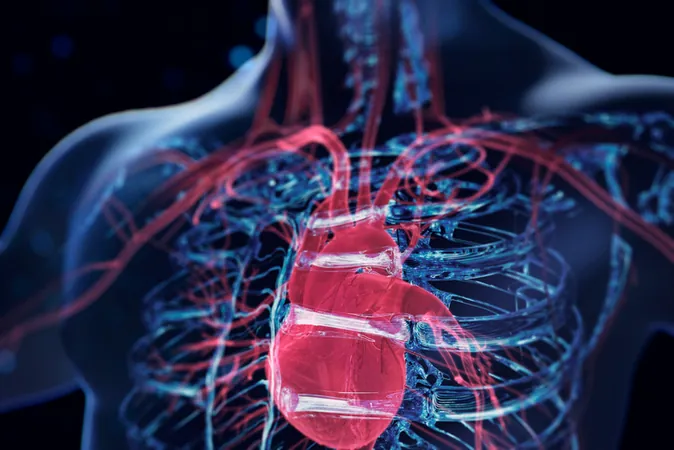
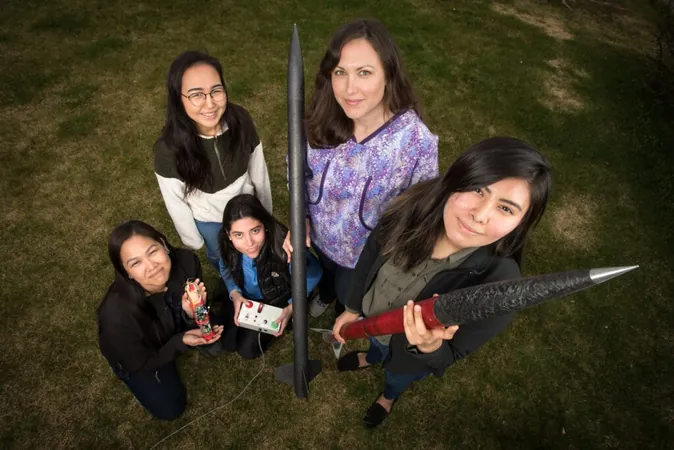

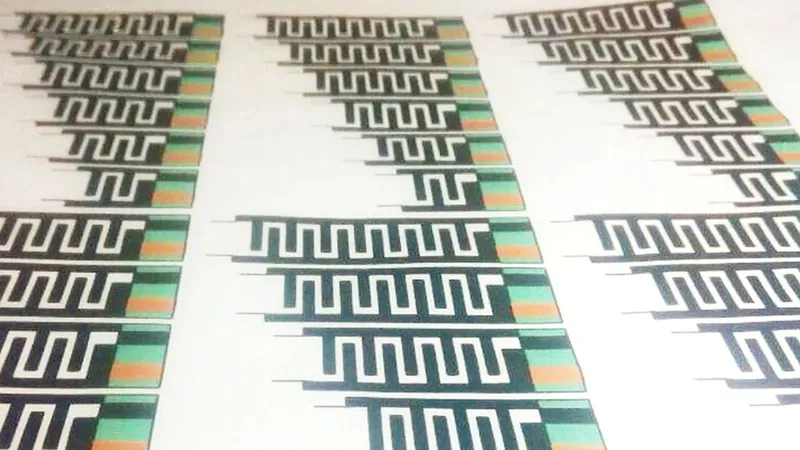

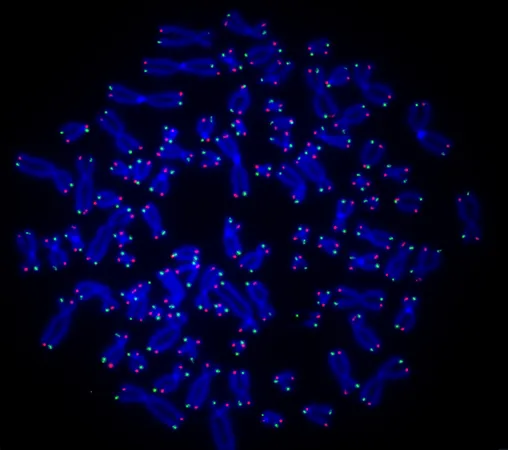
 Brasil (PT)
Brasil (PT)
 Canada (EN)
Canada (EN)
 Chile (ES)
Chile (ES)
 Česko (CS)
Česko (CS)
 대한민국 (KO)
대한민국 (KO)
 España (ES)
España (ES)
 France (FR)
France (FR)
 Hong Kong (EN)
Hong Kong (EN)
 Italia (IT)
Italia (IT)
 日本 (JA)
日本 (JA)
 Magyarország (HU)
Magyarország (HU)
 Norge (NO)
Norge (NO)
 Polska (PL)
Polska (PL)
 Schweiz (DE)
Schweiz (DE)
 Singapore (EN)
Singapore (EN)
 Sverige (SV)
Sverige (SV)
 Suomi (FI)
Suomi (FI)
 Türkiye (TR)
Türkiye (TR)
 الإمارات العربية المتحدة (AR)
الإمارات العربية المتحدة (AR)